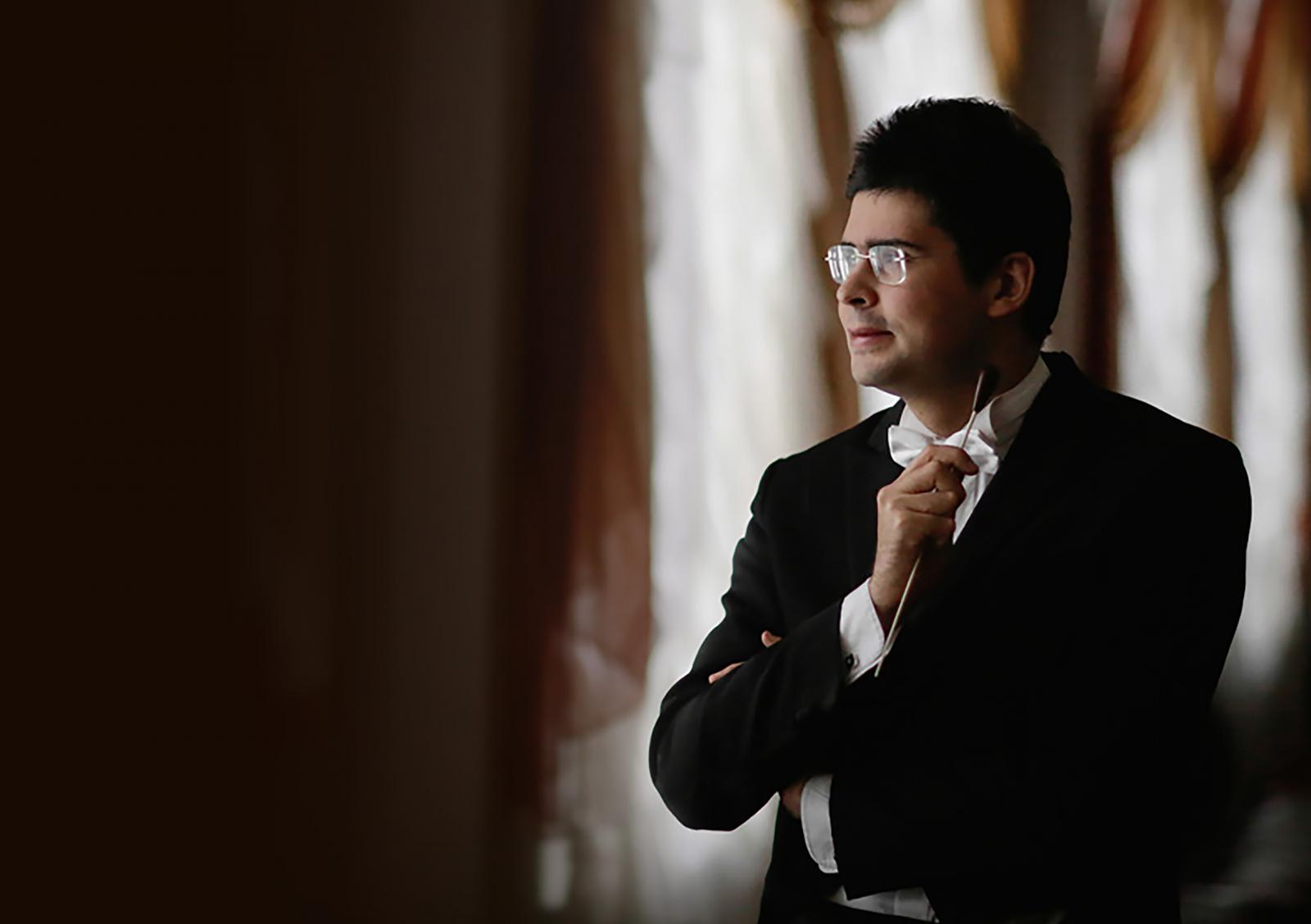
Classical music fans will have a rare chance to see the Russian State Symphony Orchestra perform in the first of the Cambridge Orchestral Concert series.
The orchestra will open this year’s series with works from Shostakovich and Rachmaninov. Audiences may not know that the story behind the premiere of Dmitri Shostakovich’s Fifth Symphony in 1937 is one of pure terror: he was a man with one foot in the gulag. The previous year had seen the first tremors of the Great Purge, in which dozens of Communist Party officials were tried for conspiring against Joseph Stalin and, invariably, found guilty. Ripples of paranoia spread outward. Soon, writers and artists were being arrested and tried alongside a quickly-lengthening list of disgraced party functionaries and military men.
Most unluckily for Shostakovich, then a fast-rising young talent, Stalin paid a personal visit to the opera for a performance of his dark Lady Macbeth of Mtsensk, a story of brutal sensuality set in pre-revolutionary Russia. Conspicuously short on Soviet patriotism and cheery Stakhanovite workers, Lady Macbeth left the General Secretary deeply unimpressed.
Just days later, a scathing attack appeared in the pages of Pravda, entitled Muddle instead of music, which accused Shostakovich of catering to ‘the perverted taste of the bourgeoisie’ and denounced him as lacking class consciousness. This was about the worst thing that could be said of an artist in Soviet Russia, and everyone assumed it had been penned by Stalin himself.
The consequences were felt instantly. New commissions dried up and plans to premiere the just-completed Fourth Symphony in St Petersburg were shelved. So, convinced was Shostakovich that he would be purged, he kept a packed suitcase by the door, awaiting the knock.
The Fifth Symphony was composed in an atmosphere of heart-stopping terror just as Moscow’s elite seemed to be devouring itself. For some, it was forced labour camps in Siberia; for others, a brutal end at the hands of the much-feared NKVD, Stalin’s secret police. Shostakovich knew he had one chance to redeem himself and, incredibly, he pulled it off without sacrificing his artistry.
The Fifth Symphony opens with glistening rivers of colour from the strings, interrupted by doom-laden fanfares from the brass and percussion. The slow largo develops into a lament of such power, it left listeners in tears, and the final movement is set off by a furious explosion of brass and timpani, with flurries of strings and woodwinds rushing through to a thunderous finale.
In the end, what may have saved Shostakovich was the ecstatic 45-minute ovation received at the premiere. When the reviews rolled in, it was clear the official black mark next to Shostakovich’s name had been scrubbed away.
On October 9, the Russian State Symphony Orchestra, led by conductor Valentin Uryupin, will be performing Shostakovich’s Symphony No. 5 at the Cambridge Corn Exchange alongside Sergei Rachmaninov’s Piano Concerto No. 1 featuring the acclaimed pianist Barry Douglas. First completed while he was a student, Rachmaninov returned to the first piano concerto and revised it considerably just as the events of the 1917 Revolution were unfolding. Unlike Shostakovich, Rachmaninov gave no ground to politics and the concerto has exuberant fanfares and lushly romantic textures.
To book tickets for the 9 October concert click HERE
This article originally appeared in the Cambridge Independent on September 26 and was written by Alex Spencer.